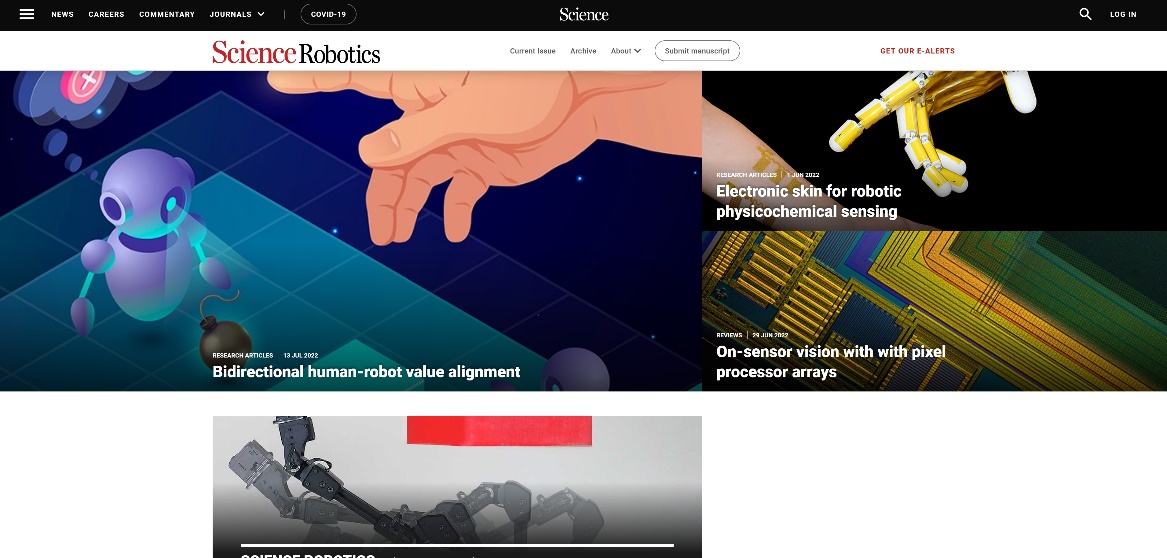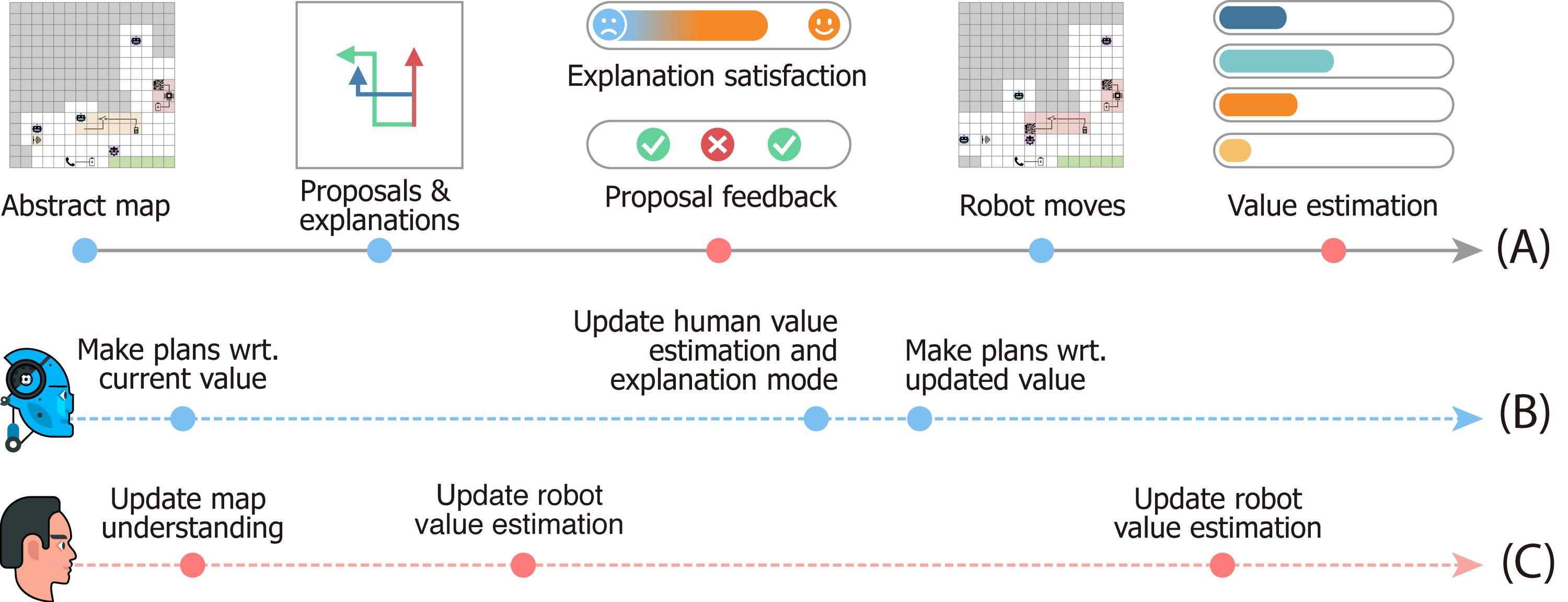On July 14, 2022, Science Robotics published a research paper titled "In-situ bidirectional human-robot value alignment" by Prof. Songchun Zhu and Assistant Professor Yixin Zhu from the Institute for Artificial Intelligence at Peking University. The paper presents a computational framework for enabling machines to understand human values in real-time and demonstrates a series of complex human-robot collaborative tasks.


This paper was featured as a headline on both the official websites of Science and Science Robotics.

In the 1950s, the American science fiction writer Isaac Asimov published a collection of science fiction stories named "I, Robot," envisioning a future world where humans and robots coexist. What would ideal human-robot collaboration look like? In the midst of the burgeoning development of artificial intelligence, Norbert Wiener, the father of cybernetics, proposed the foundation of human-robot collaboration: "If we use a machine to achieve our goals but cannot effectively intervene in its operation... then it is best to be certain that the objectives given to the machine are truly what we desire." Recently, a series of advancements have shown that efficient human-robot collaboration relies on having consistent values and goals within the team to establish a shared understanding of the tasks.
This requires machines to collaborate effectively with humans by inferring their value preferences and expressing their own value preferences to teammates as much as possible. Simultaneously, humans need to provide feedback to AI and gradually teach it to understand their value objectives. This process of gradually aligning human-machine value objectives is known as value alignment. However, current AI systems such as smart speakers are passive and can only mechanically follow specific instructions from humans, lacking an understanding of human values (value objectives). Only when machines comprehend human values by observing human’s behavior, and are driven autonomously by "value", can they achieve true autonomous intelligence and "read the room," better serving humanity.
What sets apart this system from most XAI systems is that current XAI systems typically focus on explaining "how the model makes decisions." However, regardless of the amount of active input or interaction from the user, they can only influence the process of "generating explanations" by the machine, not the process of "making decisions." This represents a unidirectional value alignment, known as static machine-dynamic user communication, where only the user's understanding of the machine or task changes during the collaboration process. To achieve bidirectional value alignment between humans and machines, a human-driven, dynamic machine-dynamic user communication mode is needed. In this new mode, in addition to revealing its decision-making process, the robot should adjust its behavior in real-time based on the user's value objectives, enabling the machine and human users to collaborate in achieving a series of common goals. To have real-time awareness of user information, the team adopts communication learning instead of traditional data-driven machine learning methods, where the machine provides reasonable explanations based on the inferred user value objectives. This collaborative-oriented human-machine collaboration requires the machine to have a theory of mind (ToM), which refers to the ability to understand others' mental states, including emotions, beliefs, intentions, desires, pretense, and knowledge. This computational framework (theoretical and computer vision applications) has the following characteristics: it needs to be built upon a shared context (you know that I know what you know); it requires a ToM representation (being able to see problems from others' perspectives); and it employs a integrative learning framework (integrating various machine learning methods).

The Process of Human-Machine Value Alignment
The team of Songchun Zhu and Yixin Zhu has been engaged in XAI-related research for a long time, and this is their second XAI paper published in Science Robotics. The first authors of this work are Luyao Yuan (UCLA), Xiaofeng Gao (UCLA), and Zilong Zheng (Beijing Institute for General Artificial Intelligence). The corresponding authors are Luyao Yuan (UCLA), Mark Edmonds (UCLA), Hongjing Lyu (UCLA), Yixin Zhu (Peking University, Institute for Artificial Intelligence), and Songchun Zhu (Peking University, Institute for Artificial Intelligence). The project took three years, with half of the time spent by Songchun Zhu conducting research in China after returning.
The reports on this paper from other official media:
Xinhua News Agency, Science and Technology Daily: http://www.xinhuanet.com/tech/20220714/4d46925b0def47f0914aae9c030bd36b/c.html


